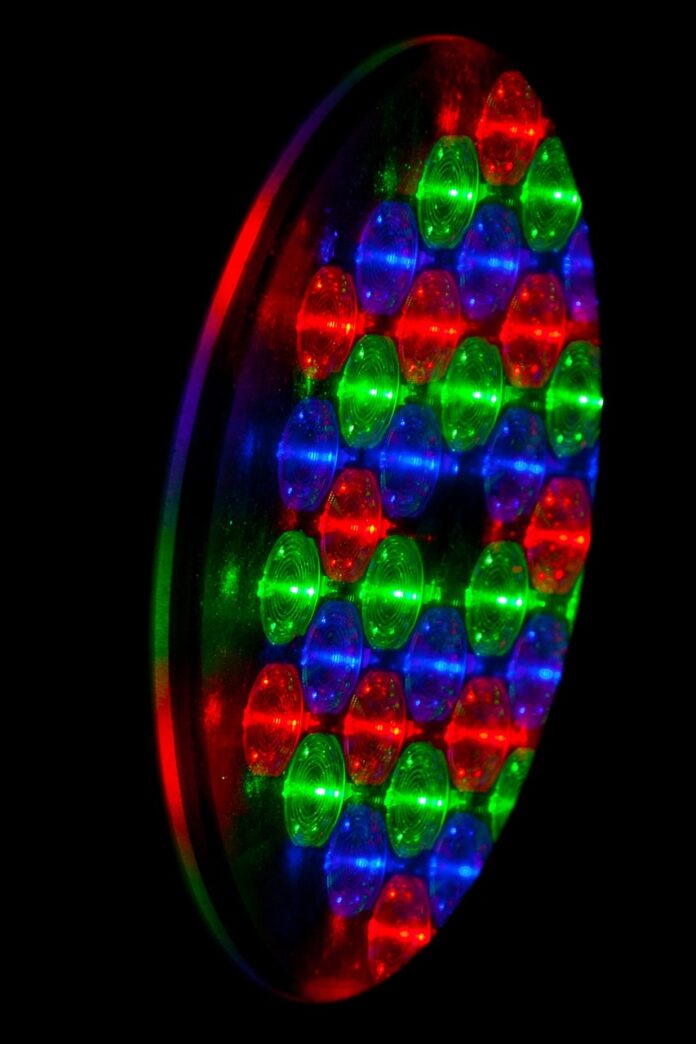Computer vision is a transformative field of study that has revolutionized the way machines perceive and interpret the visual world. It enables computers and machines to derive meaningful information from digital images and videos, mimicking the human visual system’s ability to comprehend and analyze visual data. By leveraging a combination of image processing techniques, machine learning algorithms, and deep neural networks, computer vision has enabled a wide range of applications, including object recognition, image classification, video analysis, and autonomous navigation. The advancement of computer vision has played a pivotal role in various domains, including healthcare, manufacturing, autonomous vehicles, and security systems, driving innovation and facilitating the development of intelligent systems that can perceive, understand, and interact with the world around them.
Computer vision serves as the foundation for a diverse set of applications that require machines to interpret and extract information from visual data. In the domain of image recognition and classification, computer vision algorithms can accurately identify and categorize objects, patterns, and structures within digital images. By analyzing pixel values, texture, color, and spatial relationships, computer vision systems can distinguish between different objects and classify them into predefined categories or classes. This capability has found widespread applications in various domains, including facial recognition, fingerprint identification, and object detection in surveillance and security systems. By enabling machines to interpret and classify visual information accurately, computer vision has enhanced the capabilities of automated systems, facilitating the development of robust and reliable solutions for a wide range of real-world challenges and applications.
Furthermore, computer vision has significantly impacted the field of healthcare, enabling the development of advanced medical imaging and diagnostic systems that facilitate the early detection and accurate diagnosis of various medical conditions and diseases. Medical imaging techniques, such as X-ray imaging, magnetic resonance imaging (MRI), and computed tomography (CT) scans, leverage computer vision algorithms to analyze and interpret medical images, enabling healthcare professionals to visualize and assess internal anatomical structures, identify abnormalities, and diagnose medical conditions with a high degree of accuracy. Computer vision-based diagnostic tools enable clinicians to detect and analyze patterns and anomalies within medical images, facilitating early intervention and personalized treatment planning for patients. Additionally, computer vision has facilitated the development of telemedicine and remote healthcare solutions, enabling healthcare providers to offer virtual consultations, monitor patient health remotely, and provide timely and accurate medical interventions, thereby improving the accessibility and quality of healthcare services for individuals worldwide.
The development of autonomous vehicles has been significantly influenced by the advancements in computer vision, enabling vehicles to perceive and interpret their surrounding environment accurately and navigate through complex and dynamic traffic scenarios. Autonomous vehicle systems utilize computer vision algorithms and sensor fusion techniques to analyze real-time data from cameras, LiDAR, and radar sensors, enabling vehicles to detect and classify objects, identify road markings, and navigate through various driving conditions with a high level of accuracy and safety. Computer vision enables autonomous vehicles to recognize and respond to traffic signs, signals, and pedestrians, thereby ensuring compliance with traffic regulations and enhancing the overall safety and efficiency of transportation systems. The integration of computer vision in autonomous vehicles has paved the way for the development of self-driving cars, trucks, and drones, offering the promise of safer, more efficient, and more sustainable transportation solutions for the future.
Moreover, computer vision has revolutionized the field of robotics, enabling robots to perceive and interact with their surrounding environment, and perform complex tasks in dynamic and unstructured settings. Robotic vision systems leverage computer vision algorithms and sensor technologies to interpret and analyze visual data, enabling robots to identify objects, navigate through cluttered environments, and manipulate objects with precision and dexterity. Computer vision facilitates the development of intelligent robotic systems that can perform tasks such as object manipulation, assembly, and pick-and-place operations in manufacturing and industrial settings. Additionally, computer vision enables robots to interact with humans and collaborate with them in various domains, including healthcare, hospitality, and customer service, thereby enhancing the overall efficiency and versatility of robotic applications in real-world environments. The integration of computer vision in robotics has led to the development of advanced robotic systems that can adapt to dynamic environments, learn from their experiences, and perform complex tasks with a higher level of autonomy and intelligence, thereby reshaping the landscape of modern robotics and automation.
In the domain of security and surveillance, computer vision has enabled the development of advanced video analytics and monitoring systems that can detect, track, and analyze suspicious activities and events in real time. Video surveillance systems leverage computer vision algorithms to monitor and interpret live video feeds, enabling security personnel to detect intrusions, identify potential threats, and respond to security breaches proactively. Computer vision-based surveillance systems can analyze video data for anomalies, recognize human activities and behaviors, and alert security personnel to potential security risks or suspicious activities, thereby enhancing the overall security and safety of public spaces, critical infrastructures, and private facilities. The integration of computer vision in security systems has significantly improved the efficiency and effectiveness of surveillance operations, enabling rapid response and timely interventions to mitigate security threats and ensure public safety and security.
Additionally, computer vision has played a crucial role in the development of augmented reality (AR) and virtual reality (VR) technologies, enabling the seamless integration of digital information and virtual objects into the real-world environment. AR and VR systems utilize computer vision algorithms to track and interpret the user’s movements and gestures, enabling the overlay of virtual information and graphics onto the physical world or creating immersive virtual environments for interactive simulations and training purposes. Computer vision enables AR and VR applications to recognize and analyze real-world objects and environments, thereby facilitating realistic and interactive user experiences in various domains, including gaming, education, and training. The integration of computer vision in AR and VR technologies has opened new possibilities for interactive and immersive user experiences, offering the promise of enhanced entertainment, education, and training solutions that can revolutionize the way users perceive and interact with digital content and virtual environments.


















